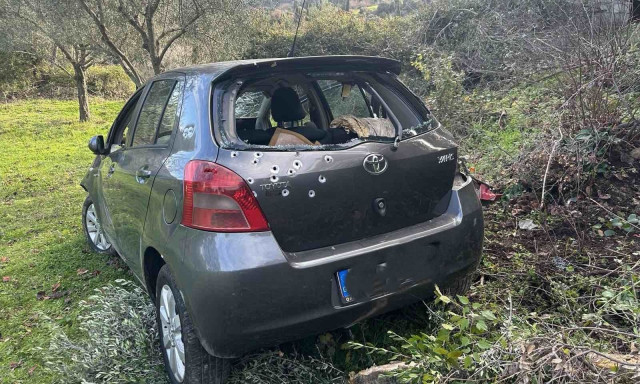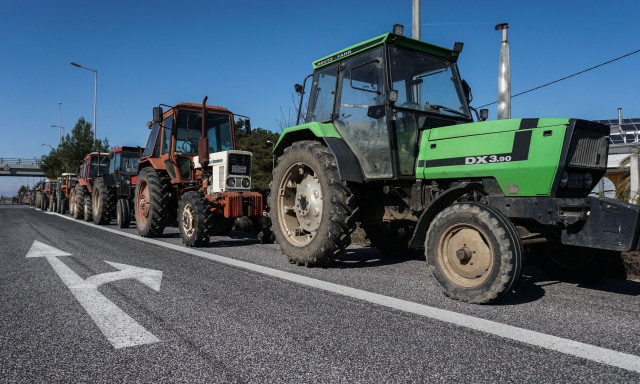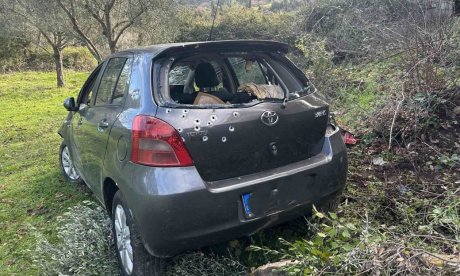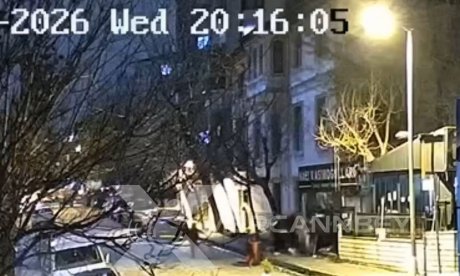Amphipolis: All scenarios for the desecration of the monument and the deceased's identity
The archaeologists found three pieces of architrave, length about 80 cm. to 1 meter and a height of 15 cm, in the tomb in Casta hill, after the second inside wall, behind the Caryatids, after the removal of the soil in the chamber.

The findings were transferred early Wednesday morning, in order to be protected, in the Archaeological Museum of Amphipolis and have traces of blue and red color.
According to reliable sources in the Ministry of Culture, in the anteroom of the tomb there are other architraves, without damage.
The Minister of Culture and Sports, Costas Tasoulas, when asked about rumors concerning the findings in excavation of the Casta hill in Amphipolis, said: "Only the Ministry of Culture and update regularly on the progress of the excavation works on the Casta hill, from the KH Prehistoric and classical Antiquities. Timely and responsibly, we inform for each finding and its condition. You understand that we inform you about what we are finding. We cannot inform you about what we are not finding! ".
The findings so far indicate of a person with great wealth, who is buried on the Casta hill.
Information indicates that there are other impressive architraves surviving without damage and which are located in the anteroom with the Caryatids.
Archaeologists are one step from the next room of the tomb who may have the answers that we all seek. K. Peristeri and her team removes slowly the soil behind the Caryatids, to see the marble surface that is suspected that is made of Thassos white marble and matches with all findings of wealth and luxury.
According to the former member of the Archaeological Service, Iordanis Dimakopoulos, the existence of the two sealing walls in front of the burial monument inside the interior wall should not be surprising, as it was something common, especially when there were no doors. In these cases, the tombs were sealed with walls of limestone and no mortar between them.
As Mr. Dimakopoulos says, speaking to "Eleftherotypia"newspaper, the "unique" in this tomb compared to other Macedonian tombs, is the sculptural decoration and the built oversized yard. Otherwise, is a typical Macedonian tomb. The access is frontal, regardless if it has stair steps if has preceded a constructed road, or just a corridor with soil.
Meanwhile, the Caryatids found Saturday is possible to be coverall, according to the design of the representation of the tomb which was released Tuesday by the ministry. Besides, in the pictures released by the Ministry of Culture on Sunday, the Caryatids from the chest down are 'buried' in the soil, without making it clear the length of the statue.
The rumors about the person who is buried, leads to wrong estimates (as about the inscriptions that were supposedly found in the tomb), which was denied immediately. All began when they found three architraves and the archaeologists and conservators immediately transported the architraves outside the tomb, since inside the humidity reaches 70% and the remained the colors would be destroyed. Thus, the conservators wrapped them in cotton and transferred them to the museum of Amphipolis, in order to make all the necessary maintenance.
Journalists in the area saw the transfer of architraves in cotton and thought that these were inscriptions, so they spread the information that the archaeologists had find two inscriptions with engraved names.
Regarding whether the tomb was desecrated or not, opinions are still divided. There is evidence of looting, like the holes found in the wall. On the other hand, archaeologists insist that based on the condition of the tomb it seems that it was not looted, and even if looters had managed to get inside, they could take very small objects, as there would be obstacles for their safety.
As for the identity of the dead inside the tomb, according to the professor of the University of Missouri, Ian Worthington: "Ptolemy stole the body of Alexander the Great and moved it somewhere in Egypt to bury it. So I would not bet that in Amphipolis is Alexander. It may be his mother Olympias, his wife Roxanni or his son Alexander, but not himself."
Hector Williams, an archaeologist at the British Columbia University in Vancouver asserts: "It is a huge tomb and this alone shows that was made for someone who was rich and had power."
Besides, Lina Mendoni, general secretary of the Ministry of Culture, said that the tomb holds one or more important persons. As she told to "Kathimerini" newspaper, this is "a monument with prominent features mentioning various eras and cultures," and added "this is a cosmopolitan monument. Whoever is hosted on this, - who will be revealed by the excavations -, is obvious that it must have been also cosmopolitan".
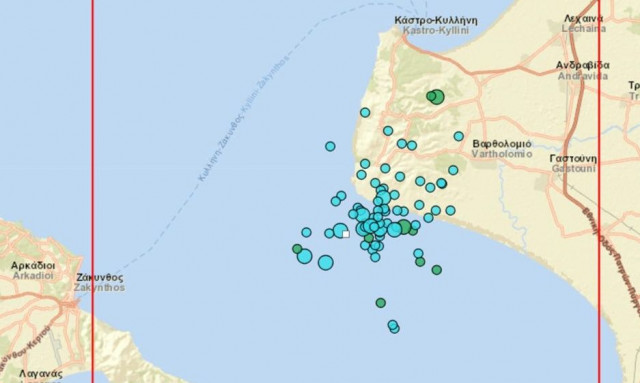
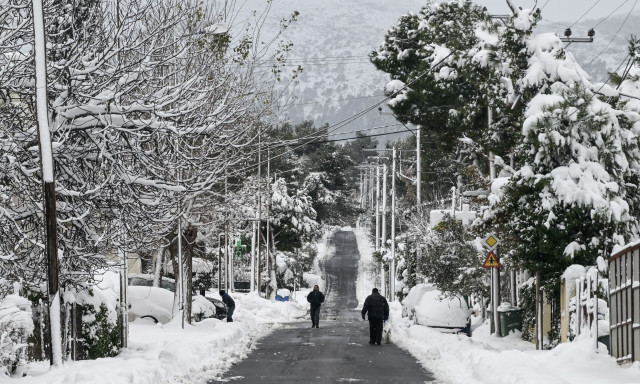
.jpg?t=5_MXds6B2jNeiT2ywuqdag)
